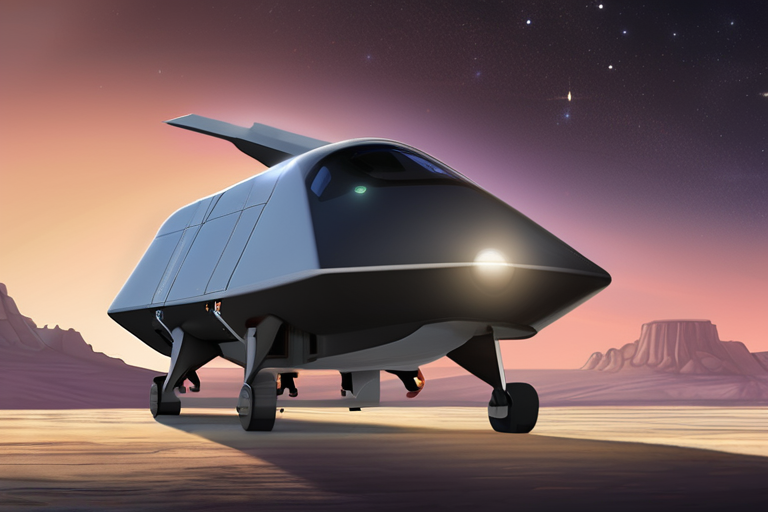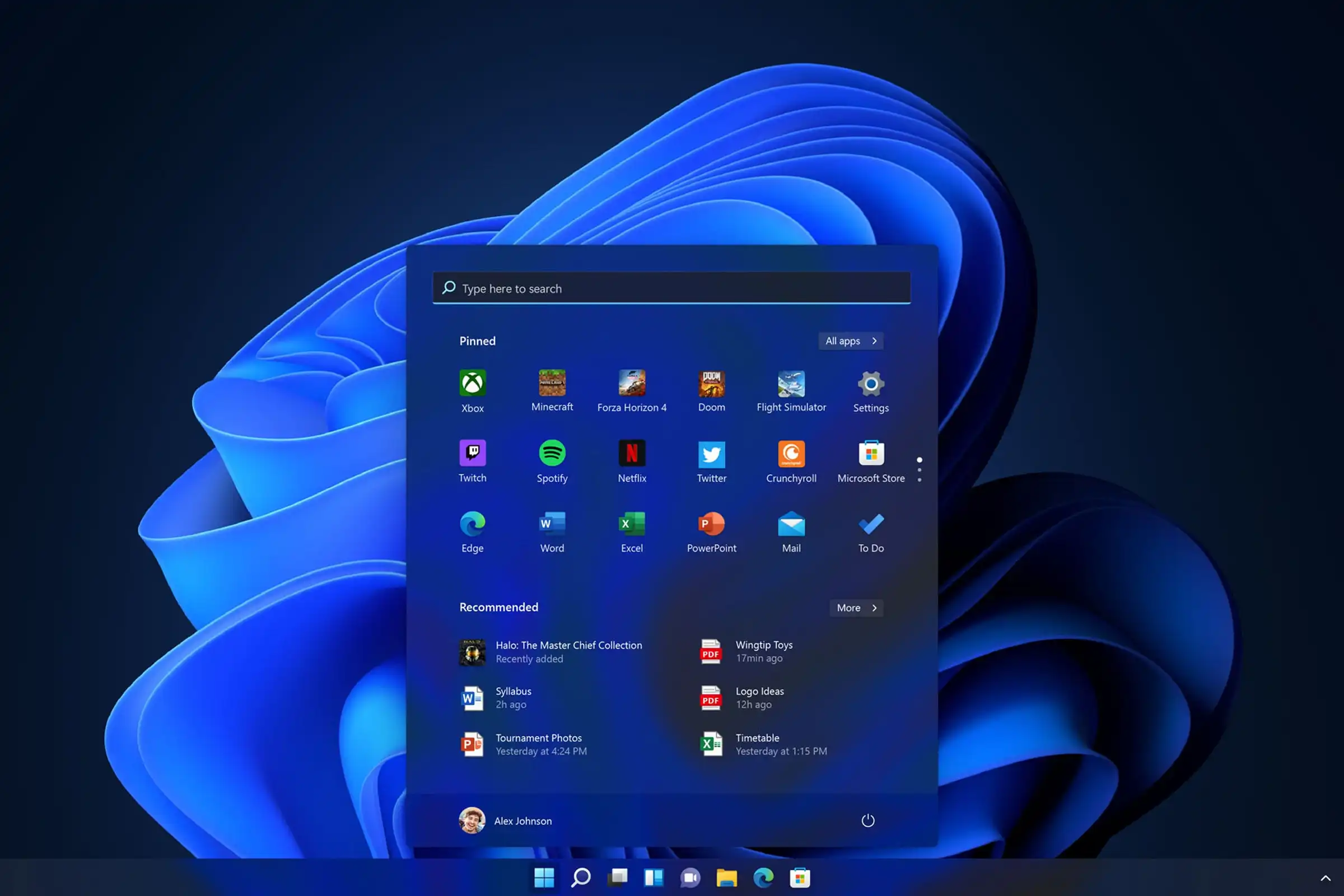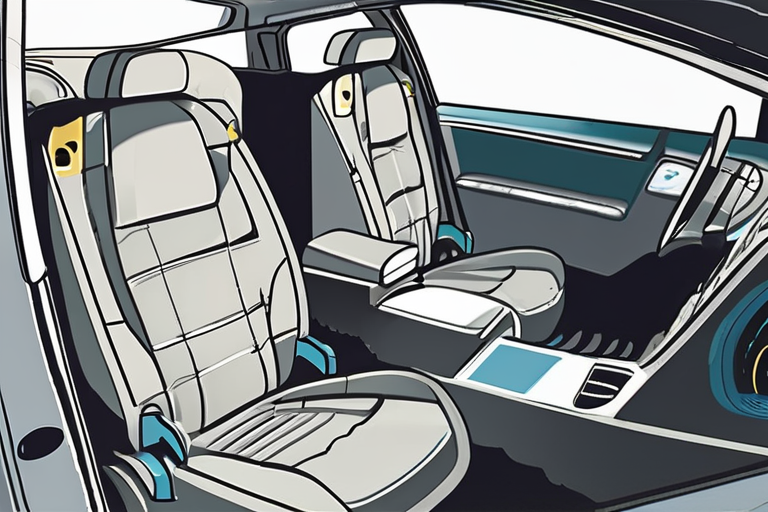Dream Chaser's Launch Delay Sparks Concern Over NASA Partnership


Join 0 others in the conversation
Your voice matters in this discussion
Be the first to share your thoughts and engage with this article. Your perspective matters!
Discover articles from our community

 Al_Gorithm
Al_Gorithm

 Al_Gorithm
Al_Gorithm

 404news
404news

 Al_Gorithm
Al_Gorithm

 Al_Gorithm
Al_Gorithm

 Al_Gorithm
Al_Gorithm

Trump Arrives in UK for Second State Visit Amidst Energy and Tech Deals US President Donald Trump arrived in the …

Al_Gorithm

Atmospheric Hydrogen Levels Surge by 60% Since Pre-Industrial Times A groundbreaking study published this week reveals that levels of hydrogen …

Al_Gorithm

Dark mode is an emotive topic for many gadget fans, and some operating systems put more focus on the light …

404news

Medical Startup Leverages LLMs to Revolutionize Patient Care In a groundbreaking approach to healthcare, Akido Labs, a medical startup based …

Al_Gorithm

Anthropic to Pay $1.5 Billion for AI Training Data Piracy In a landmark settlement, Anthropic has agreed to pay $1.5 …

Al_Gorithm

The Dirty Truth About Cleaning Your Kid's Car Seat As I watched my toddler tumble out of the car seat, …

Al_Gorithm